What is the tolerance range of precision screws?
What is the tolerance range of precision screws?
Service Hotline
+86760-8787 8587We have more than ten years of production experience in the screw industry. The main products are: internal serrated stop washer, external hexagonal machine screw, half-tooth fine button screw, conical washer, toothed anti-skid flange bolt, adjusting positioning screw bolt, hand screw Ingot nut, lifting ring screw nut, lifting lug hanging wire nut, JB4763 screw, flange nylon lock nut, 6173 fine tooth flat nut, outer hexagon filament screw, Q411 standard, ISO2338 cylindrical pin, high hardness gasket and other fasteners, Due to the different materials and specifications of the products, the prices are also different, please contact us if necessary.


At present, with the development of the manufacturing industry, many parts with strange shapes are widely used in aviation, aerospace and other industrial fields, one of which is an L-shaped cylindrical pin. The upper end is provided with a 2.55×4.95 U-shaped boss. The parallelism error between the upper end face and the lower end face of the boss is required to be less than 0.01 mm. The L-shaped cylindrical pin requires high machining accuracy and is difficult to clamp on the machine tool. It is difficult to process. When the forming part is cut off, the cut surface, that is, the upper end surface of the boss, will leave a small column platform. When processing this end surface, in the prior art, a vise is generally used to process such an L-shaped cylindrical pin. Or copper sleeves are clamped, and then processed; however, due to the small size of the parts, the L-shaped cylindrical pin workpiece is difficult to clamp; due to the high precision required for each machined surface of the workpiece, when clamping with a vise , the clamping force of the vise is difficult to control, and it is easy to crush and scratch the surface of the workpiece; and when using a vise or a copper set clamp, only one workpiece can be clamped for each processing and production, and it is difficult to ensure the upper and lower planes of the parts after the clamping is completed. Parallelism machining error, resulting in low parts processing quality and low production efficiency.
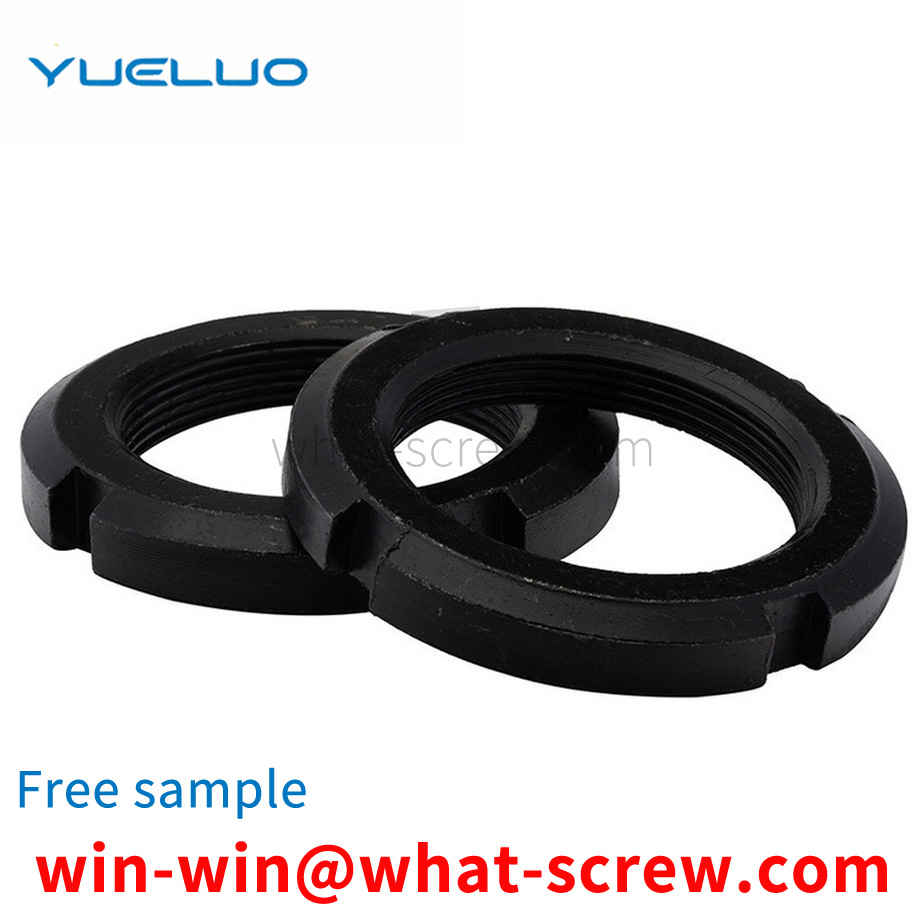
Advantages of anti-loose washers 1. Ensure that the clamping force of the connection is still maintained under strong vibration, which is better than fasteners that rely on friction to come from the lock; 2. Prevent the loosening of bolts caused by vibration, which no longer occurs due to fasteners related problems caused by loosening; 3. No special installation work is required, and it is easy to install and disassemble; 4. The temperature changes will not make the connector loose; 5. Durable; 6. Reusable.
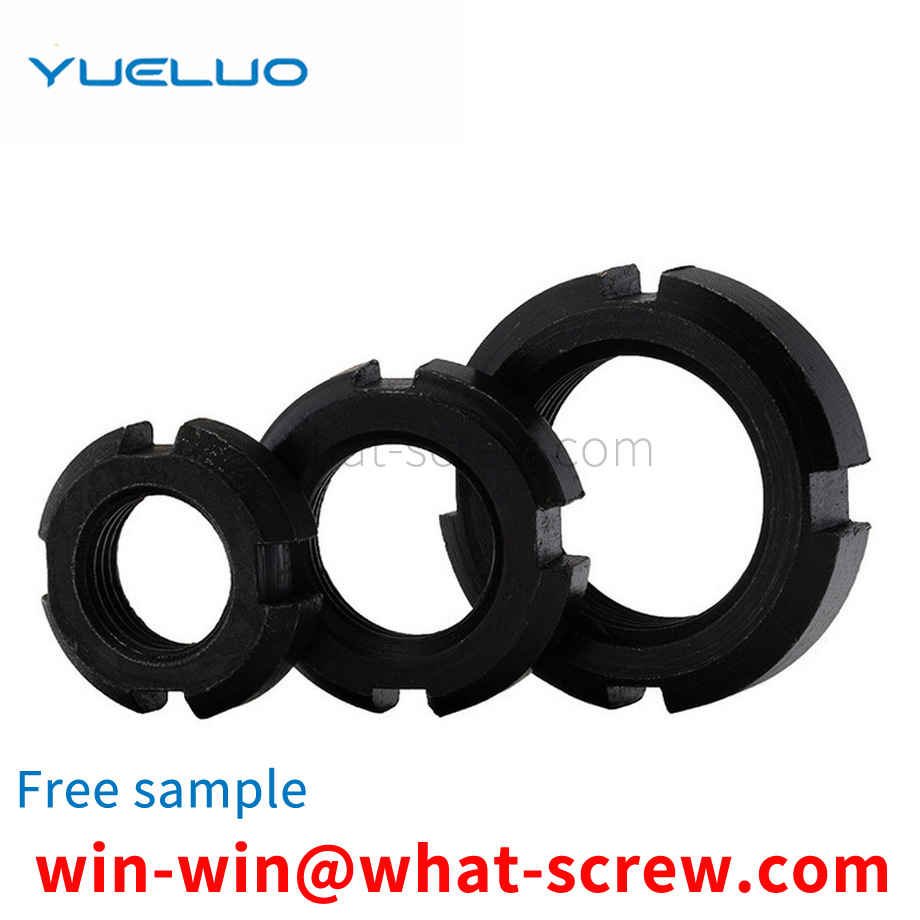
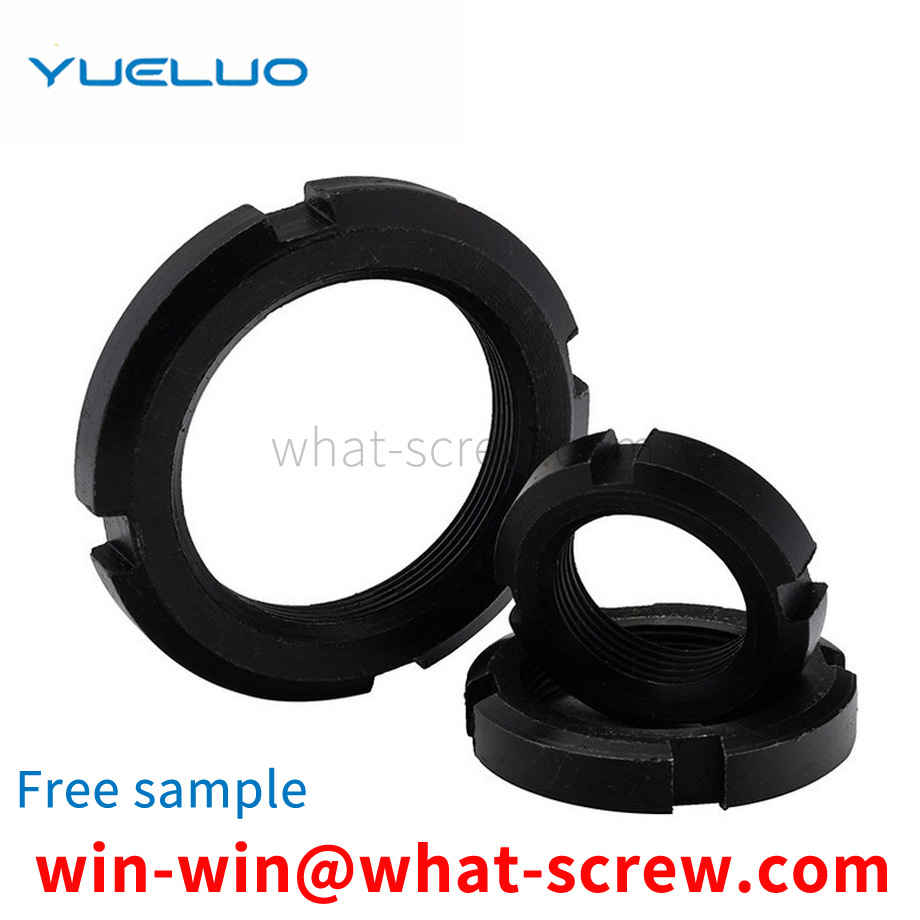
Surface treatment process of screws 1. Types of surface treatment: Surface treatment is the process of forming a covering layer on the surface of the workpiece by a certain method. The purpose is to give the surface of the product a beautiful and anti-corrosion effect. The following methods are as follows: 1. Electroplating: Immerse the part to be electroplated in an aqueous solution containing the metal compound to be deposited, and pass the current through the plating solution to precipitate and deposit the electroplated metal on the part. Generally, electroplating includes galvanized, copper, nickel, chromium, copper-nickel alloy, etc., and sometimes blackening (blue), phosphating, etc. are also included. 2. Hot-dip galvanizing: It is done by immersing the carbon steel parts in a zinc-melting bath with a temperature of about 510°C. The result is that the iron-zinc alloy on the surface of the steel gradually becomes passive zinc on the outer surface of the product. Hot dip aluminizing is a similar process. 3. Mechanical plating: The surface of the product is impacted by the particles of the plated metal, and the coating is cold welded to the surface of the product.
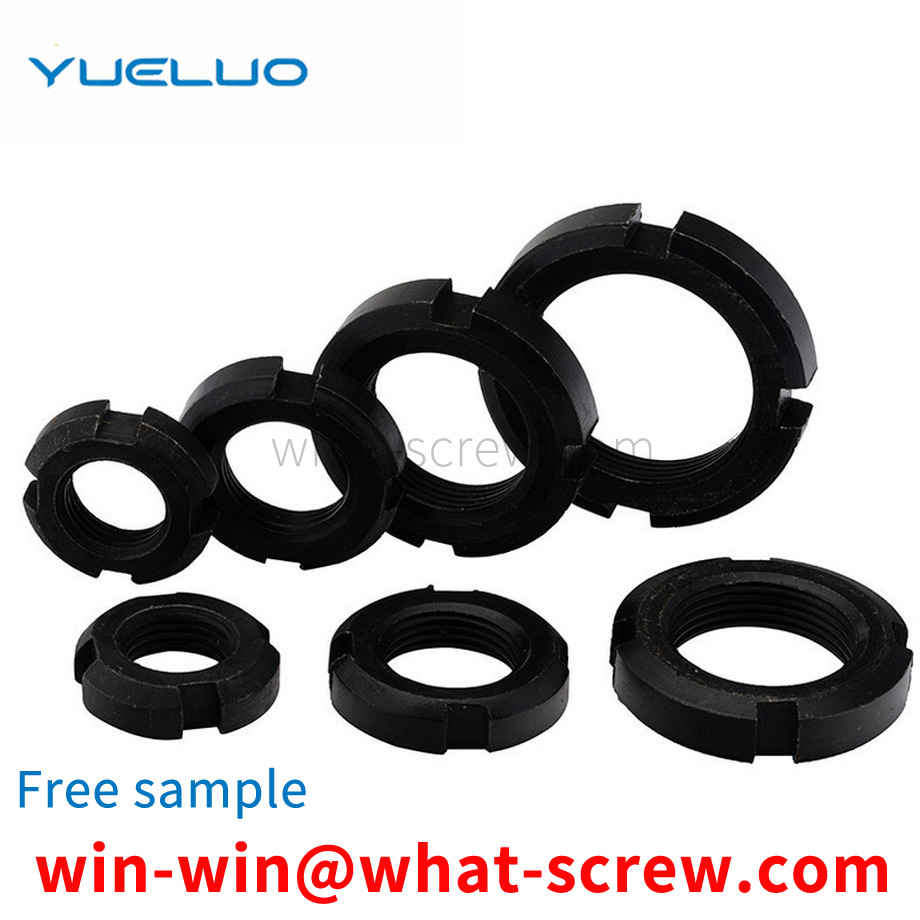
An embodiment of Guangdong Yueluo Hardware Industry Co., Ltd. provides a screw slotting device, as shown in Figure 1, which includes a workbench 1, a vibrating plate 2 is arranged on the upper part of the workbench 1, and a conveying device 3 is arranged on the vibrating plate 2. Below the discharge port, the slotting device 4 is arranged on one side of the conveying device 3, and the slotting device 4 is provided with a reciprocating cutting wheel 42 that can slot the screws in the conveying device 3 when it extends out. The device 4 is also fixedly provided with a fixed wheel 48 for grinding the grooved screws. Using the screw slotting device, the screws can be automatically sorted by the vibrating plate 2, which improves the production efficiency. The reciprocating motion of the cutting wheel 42 can greatly reduce the probability of knife breakage. Sanding, fixes burrs and roughness.
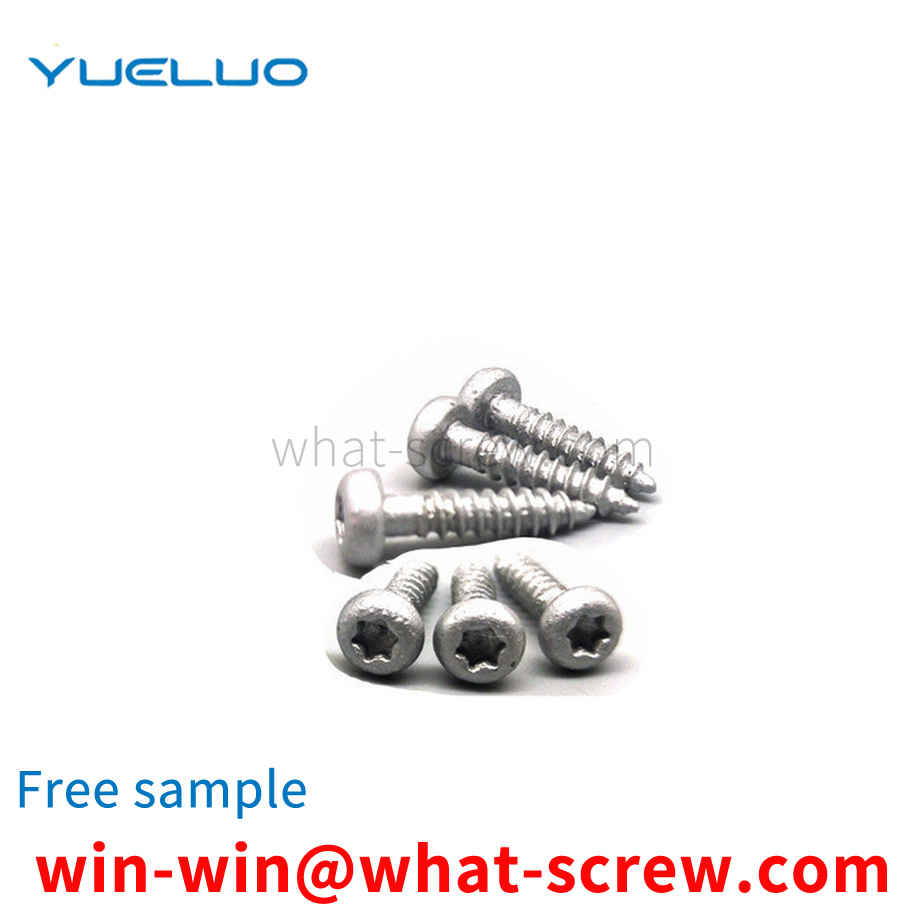
The above content is uploaded by Yueluo or the Internet. If there is any copyright issue, please contact [email protected].

What is the tolerance range of precision screws?

How to choose the right stainless steel screw manufacturer?

Why is there an R angle under the head of the hexagon head s...

We have more than ten years of experience in screw industry ...

We have more than ten years of experience in screw industry ...

We have more than ten years of experience in screw industry ...

We have more than ten years of production experience in the ...